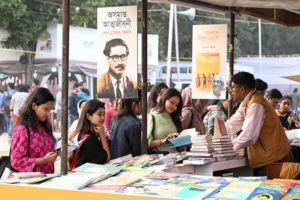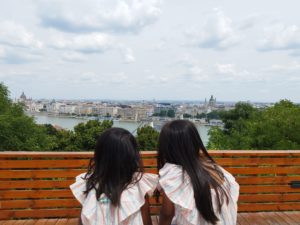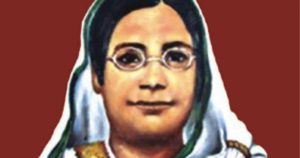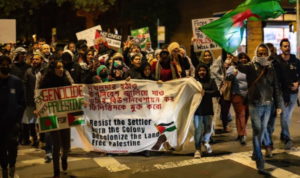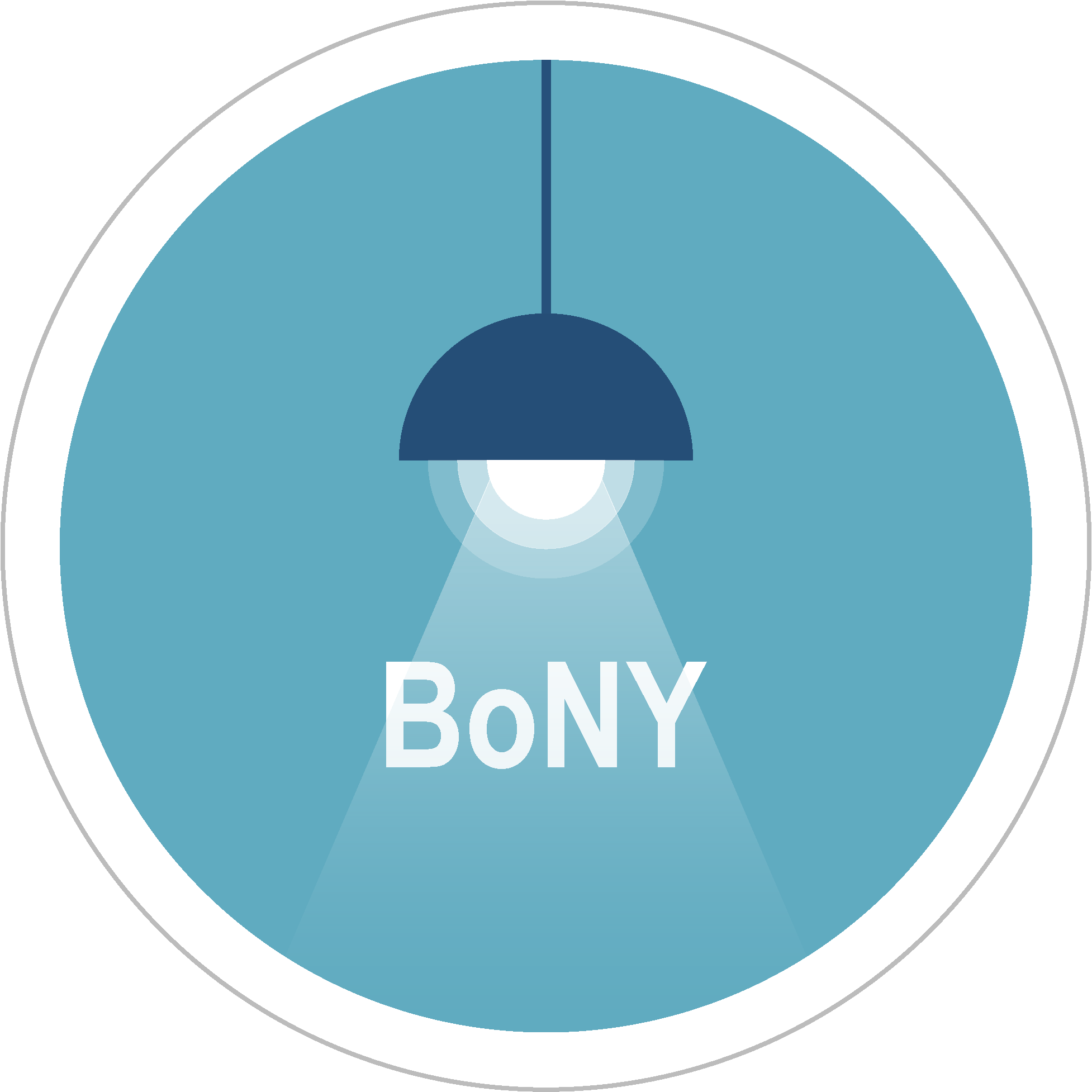Tripura Tribe
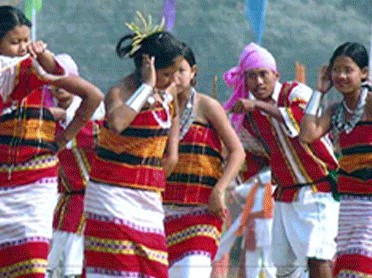
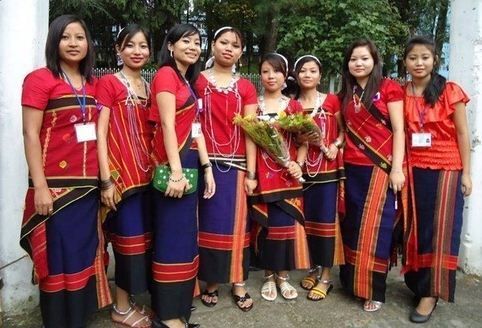
Tripura people (aka Twiprasa, Tripuri, Triprasa, Twipra) are an ethnic group originating in the Indian state of Tripura. They are the original inhabitants of the Tripura Kingdom in North-East India and Bangladesh. According to the Census of 1991, about a total of 61,129 live in Khagrachari district alone, but they also live in Chittagong, Comila, and Noakhali.
They are considered the third largest tribal group in Bangladesh, specifically in the Chittagong Hill Tracts region. The tribe consists of 36 sub groups or dafas, the most well known being Fatung, Jamatia, Naitong, Noatia, Ryang and Usui.

All the sub groups have their own dialects, dresses and ornaments. Each is named after an incidence they encountered or an occupation they practice. The tribe speak a language that belongs to the Bodo group, which has its origin in the Assam branch of the Tibeto-Burma language under the Sino-Tibetan family. The script has some similarities to the Chakma language but differ in pronunciation and reading. Sadly, the language is on the verge of extinction.
Although predominantly Hindu (92.50%), their religious beliefs are a bit different from caste Hindus. Some do sacrifice animals and birds in the name of their gods and goddesses. Like Hindus, they believe in the hereafter and consider those who have done good work will live in ease in the next life..
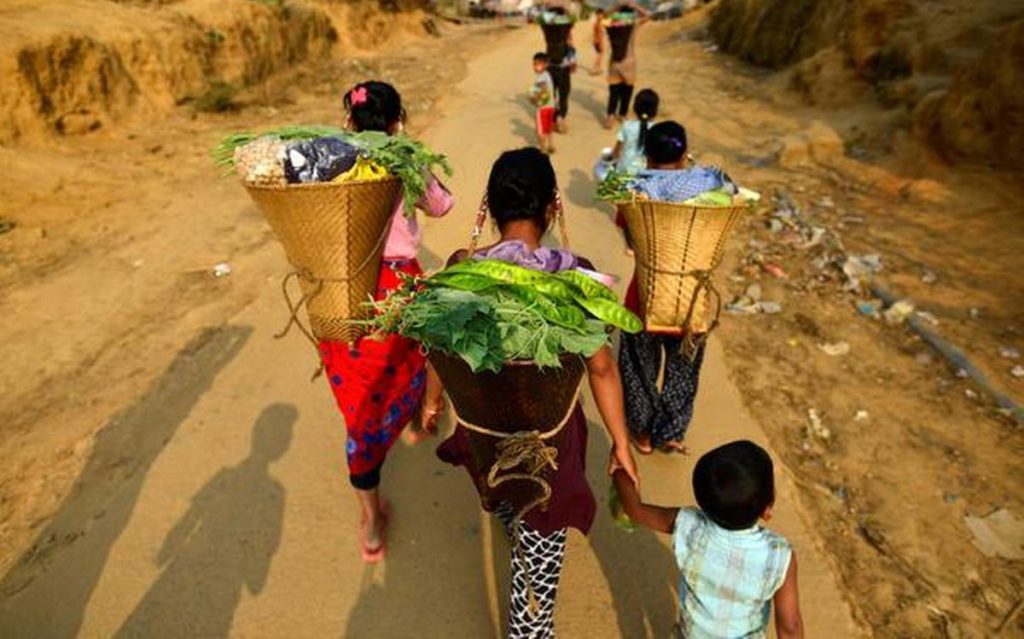
Some tribespeople also practice animism, and Christianity. Song and dance and integral parts of life for the tribe. Performance of dance, along with vocal and instrumental music has become mandatory for a marriage ceremony. Even funerals include dance and music. The tribespeople cannot have inter-relation marriages, meaning the bride and groom should not be related spanning past the last three generations.
The traditional social structure is patriarchal. Where the males head the family, and no exception where female children can claim superiority over male. Female members use their mother’s titles.
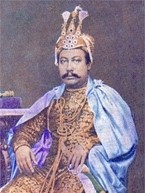
The Tripura first entered the region through its north-eastern corner and gradually expanded the whole Tripura region. Some parts of Comila, Noakhali, Sylhet, and the entire Chittagong and Hill Tracts, and Arakan were part of the kingdom of Trpura for several centuries. In the year 1512, the tribespeople were at the height of their supremacy until they were conquered by the Mughals.
During the British rule, Tripura was a native state maintaining internally independent status until it joined India is 1949. But during British rule, the Tripura state was reduced to only hilly areas of the region.

Like many indigenous tribes in Bangladesh, they too face persecution. For example, since 1997, the subgroup Reangs have been living as refugees in Tripura and Assam.
Read More
The Legacy of Boi Mela
Every year in February, the month-long national book fair welcomes...
Read MoreMillennial Amma: How to Explain a Global Crisis As a Parent
Rumki Chowdhury shares tips for how to talk to children...
Read MoreBegum Rokeya’s Millennials
A tribute to a pioneering Bengali feminist writer, educator and...
Read More